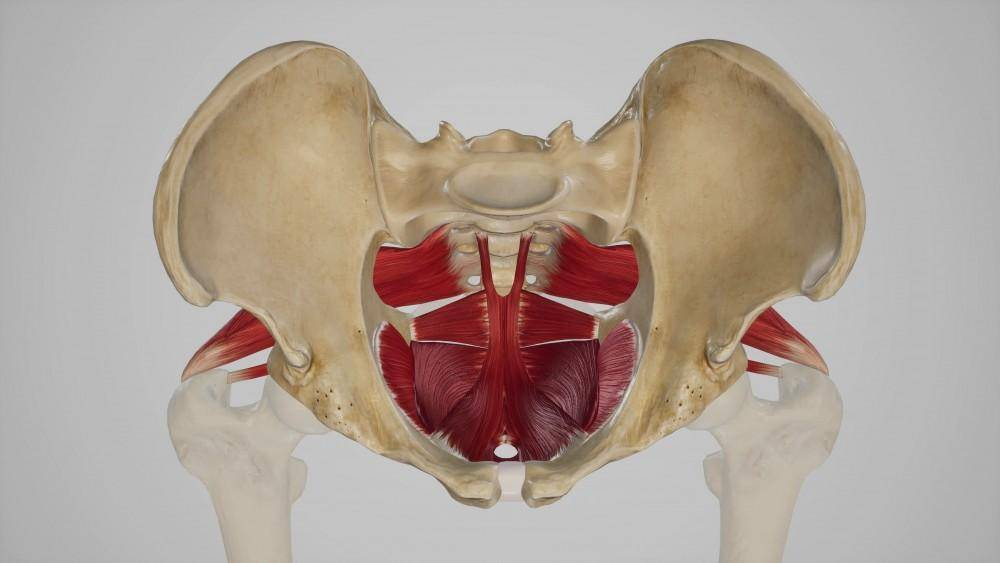How To Relax Pelvic Floor Muscles
Tight pelvic floor muscles can lead to various uncomfortable symptoms, including pelvic pain, urinary incontinence, and even discomfort during physical activities. Many people aren’t aware that the pelvic floor muscles, like any other muscle group, can become tense due to stress, overuse, or certain conditions. At Direct Orthopedic Therapy in Jacksonville Beach, FL, we specialize in pelvic organ prolapse to help alleviate these issues. In this blog, we’ll discuss how you can relax tight pelvic floor muscles and why it’s essential for maintaining pelvic health.
What Causes Tight Pelvic Floor Muscles?
The pelvic floor is a group of muscles that support the bladder, uterus, and rectum, and control important functions like urination, bowel movements, and sexual activity. These muscles can become tight for several reasons, including:
1. Chronic stress: Stress can cause tension in various muscles, including the pelvic floor.
2. Prolonged sitting: Jobs or lifestyles that involve sitting for long periods can lead to tightness in the pelvic area.
3. Injury or trauma: Childbirth, surgery, or other pelvic injuries can result in muscle tightening as a protective response.
4. Overuse: Repetitive strain from exercises, especially those involving core work, can cause the pelvic floor to tighten.
Tight pelvic floor muscles can lead to symptoms such as pain, difficulty with bladder and bowel control, and reduced mobility. Understanding the causes can help in developing an effective treatment plan.
How To Relax Tight Pelvic Floor Muscles
If you’re dealing with a tight pelvic floor, there are several methods to help you relax these muscles. At Direct Orthopedic Therapy, we combine physical therapy techniques with patient education to address these issues effectively.
1. Pelvic Floor Relaxation Exercises
Pelvic floor relaxation exercises, such as diaphragmatic breathing and pelvic stretches, are key in reducing muscle tension. These exercises help improve blood flow to the pelvic area and promote relaxation:
- Diaphragmatic breathing: Focus on slow, deep breathing from your diaphragm, allowing your belly to expand as you inhale. This helps relax the muscles in your pelvic floor.
- Child’s pose stretch: This yoga pose gently stretches the pelvic area, promoting relaxation.
- Happy baby pose: This stretch helps release tension from the lower back and pelvic region, improving flexibility.
2. Manual Therapy for Pelvic Floor Release
Manual therapy techniques involve a physical therapist using gentle hands-on manipulation to release tension in the pelvic muscles. At Direct Orthopedic Therapy, we perform pelvic floor massage and trigger point release to help relax tight muscles and improve overall pelvic function. This approach is highly effective in addressing both the underlying muscle tightness and the symptoms caused by it.
3. Biofeedback and Relaxation Techniques
Biofeedback is a technique that helps patients become more aware of how their pelvic floor muscles are functioning. By using visual or auditory feedback, we can guide you through exercises that help you relax the pelvic floor. Biofeedback is an excellent way to monitor progress and ensure that the right muscles are being targeted.
4. Warm Baths and Heat Therapy
Applying warmth to the pelvic area can help relax muscles and relieve pain. Soaking in a warm bath for 20 minutes or using a heating pad can promote blood flow and loosen tight muscles. Our therapists may recommend heat therapy as part of a comprehensive treatment plan to help you relax the pelvic floor at home.
5. Physical Therapy for Long-term Relief
Regular physical therapy sessions are essential for addressing tight pelvic floor muscles and preventing recurrence. At Direct Orthopedic Therapy, we create customized treatment plans based on your specific needs. We guide patients through targeted exercises and provide education on pelvic health to support long-term recovery and muscle relaxation.
Why Is It Important to Relax the Pelvic Floor?
A relaxed pelvic floor is essential for optimal bladder, bowel, and sexual function. Failing to address tight pelvic floor muscles can lead to:
- Chronic pelvic pain
- Incontinence
- Difficulty with bowel movements
- Reduced mobility
By learning how to relax your pelvic floor muscles, you can improve your quality of life, reduce pain, and avoid further complications. At Direct Orthopedic Therapy, we focus on improving pelvic health through proven techniques and personalized care.
Conclusion
Relaxing tight pelvic floor muscles is critical for maintaining pelvic health and preventing long-term issues. Whether you’re experiencing pelvic pain, incontinence, or other symptoms, Direct Orthopedic Therapy in Jacksonville Beach, FL, is here to help. Through customized physical therapy programs, pelvic floor massage, and patient education, we can guide you on the path to recovery and help you regain control over your pelvic health. Contact us today to schedule your appointment and start feeling better.



